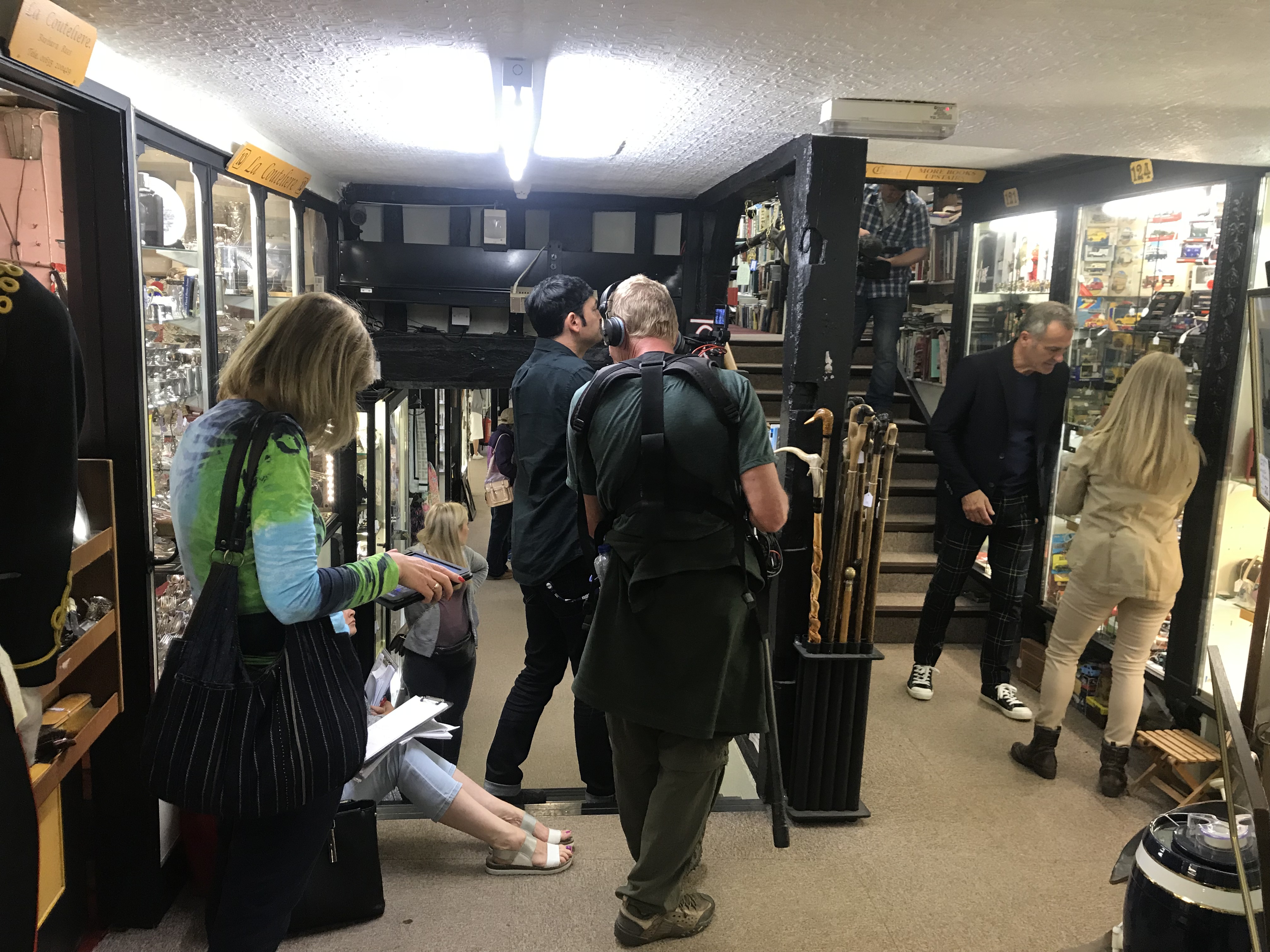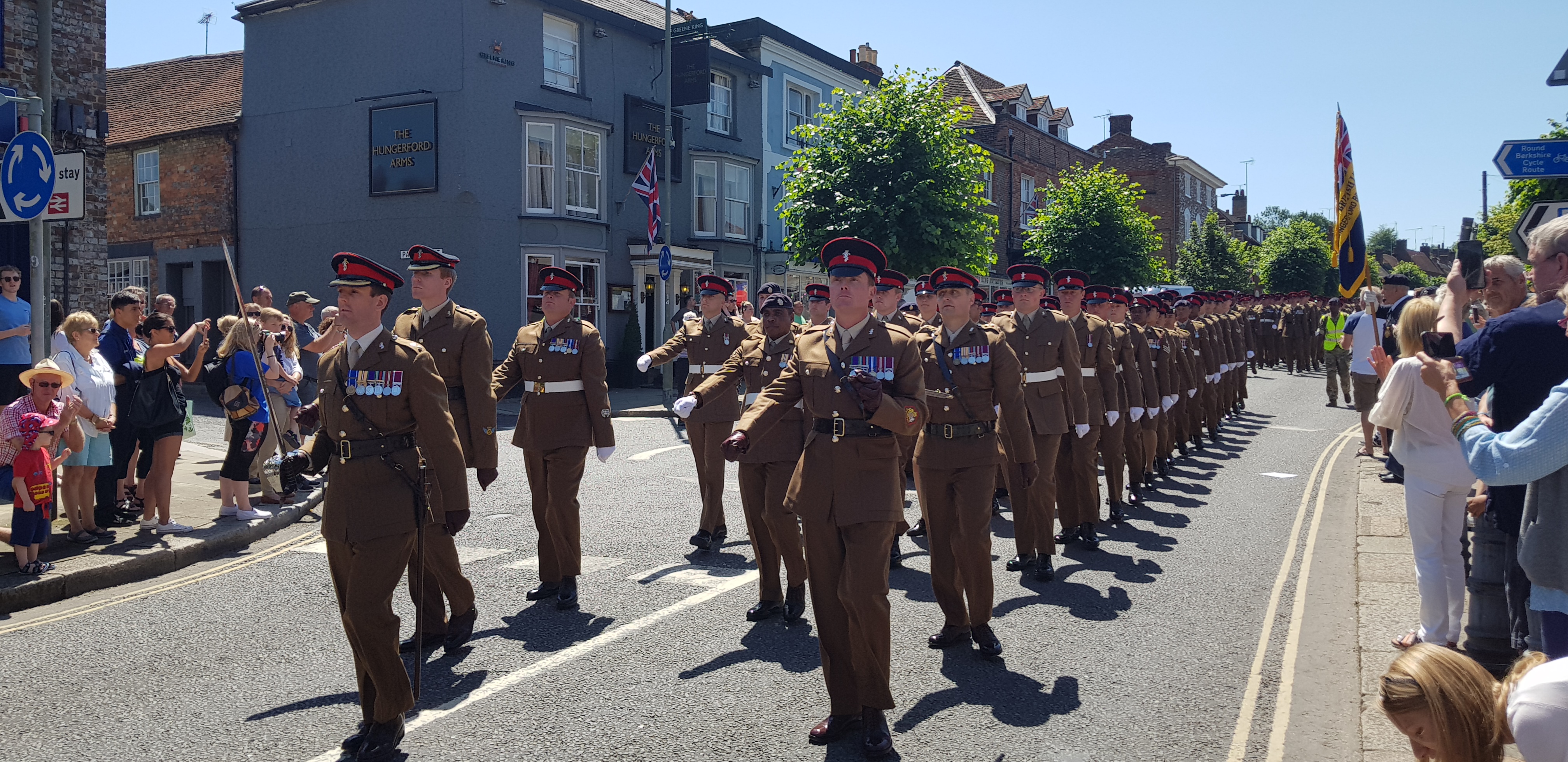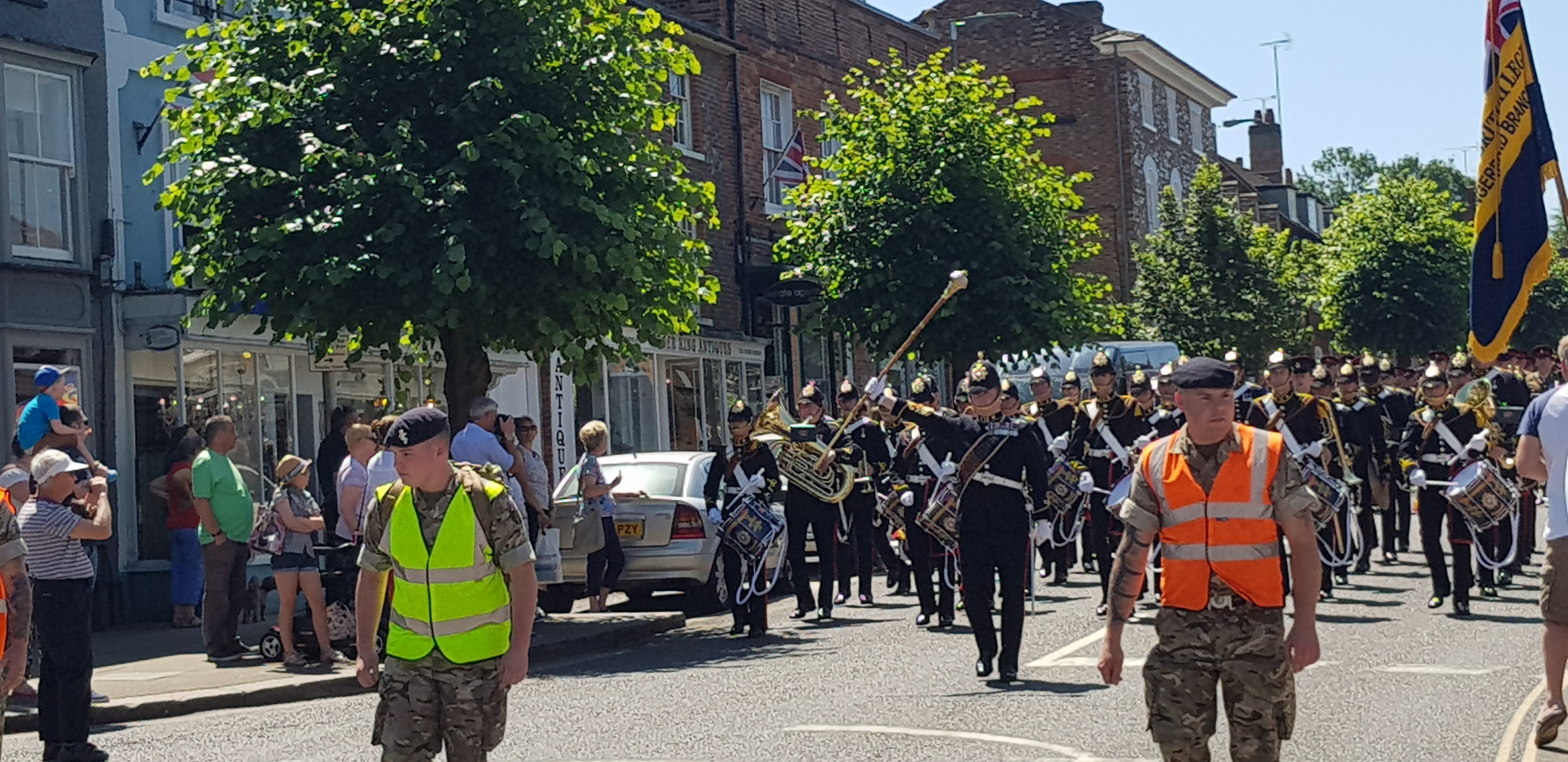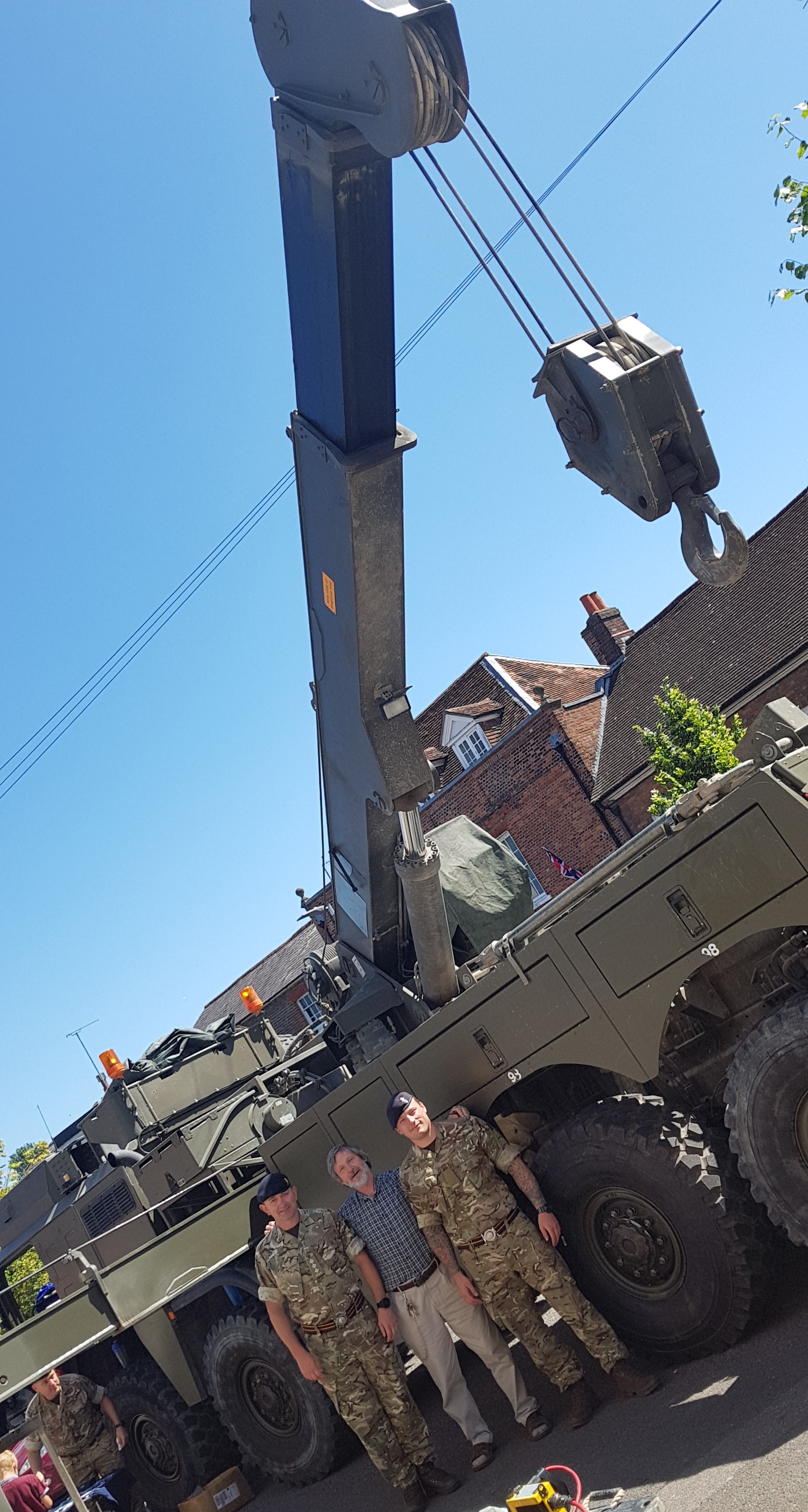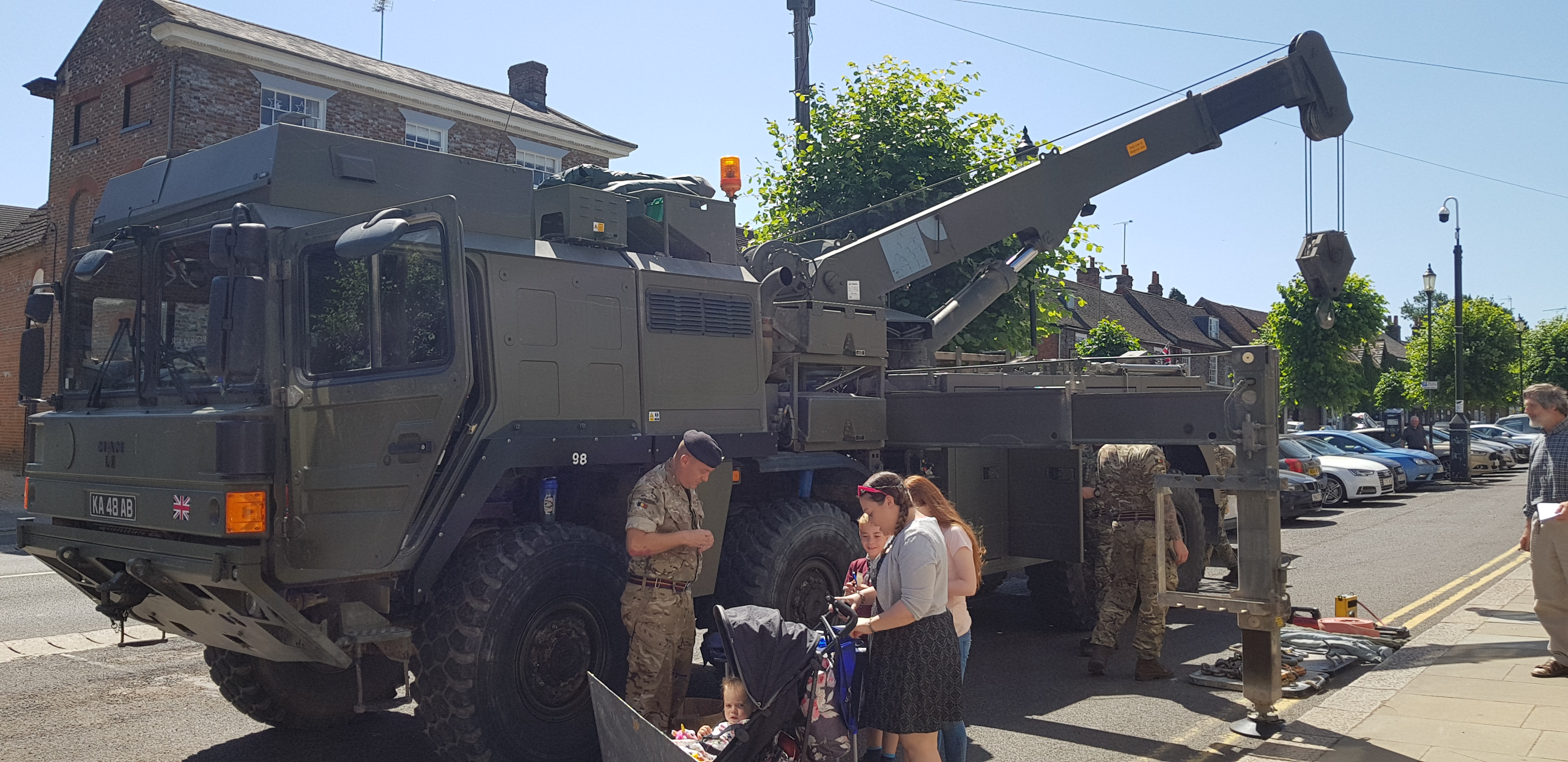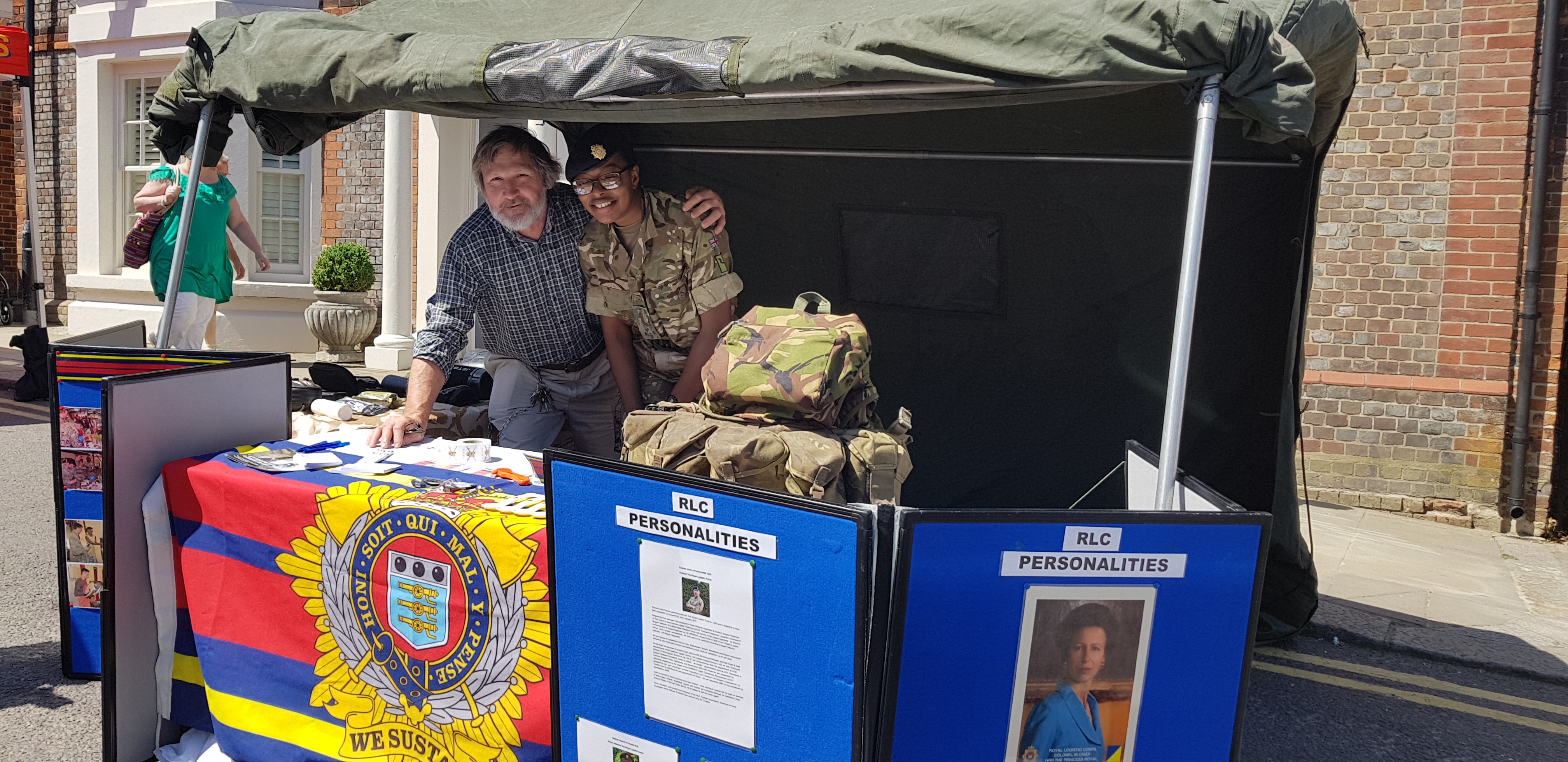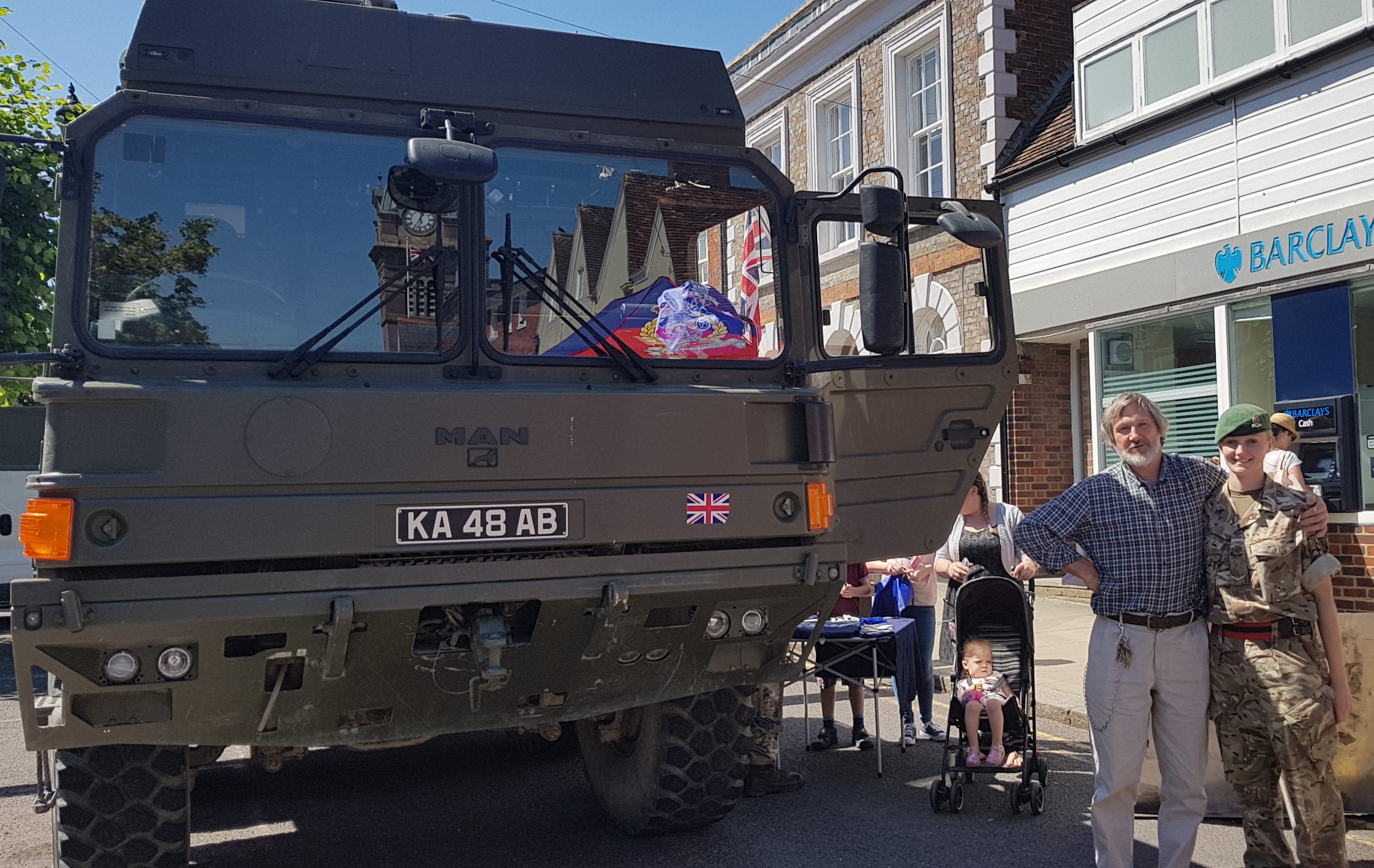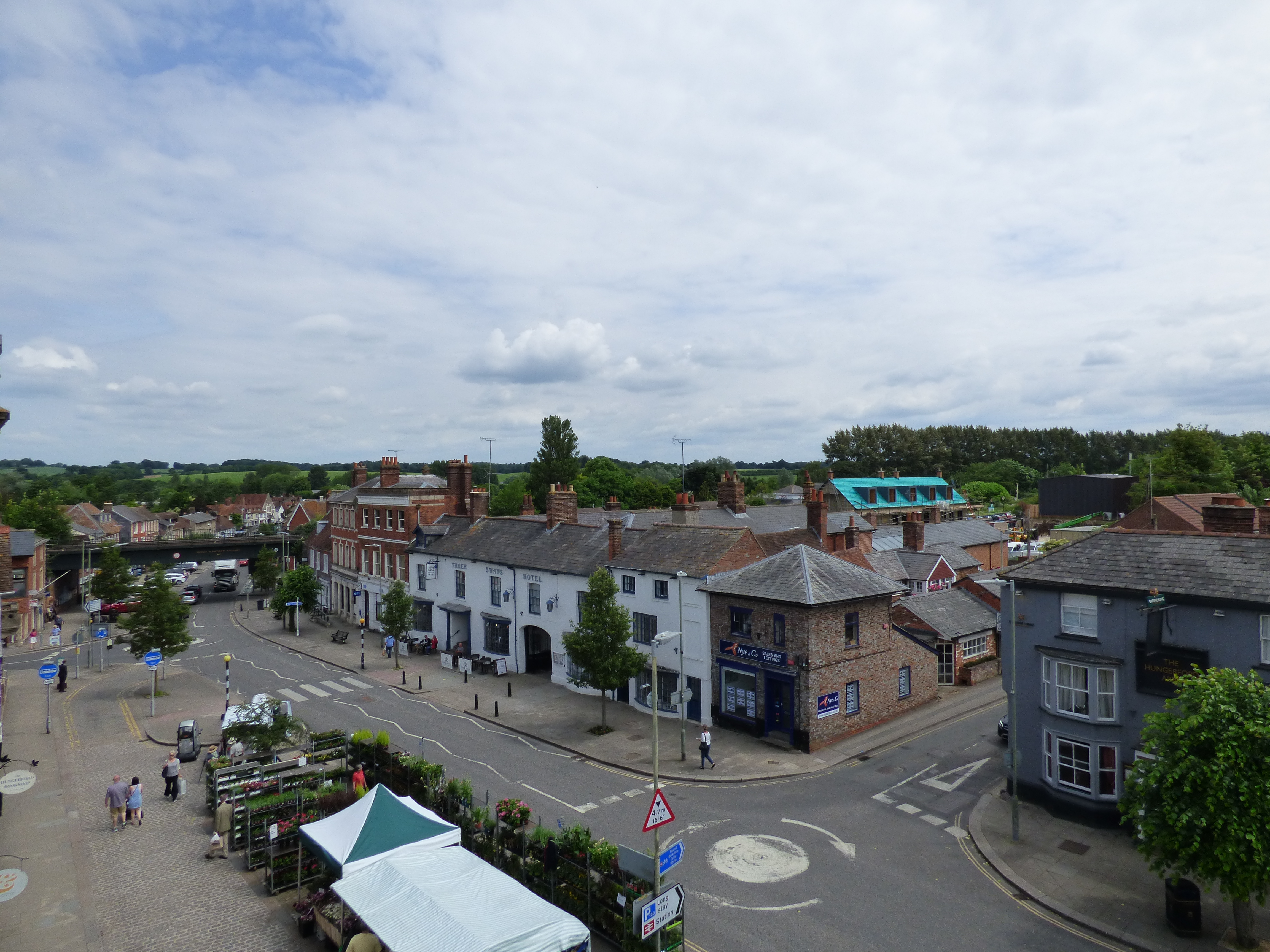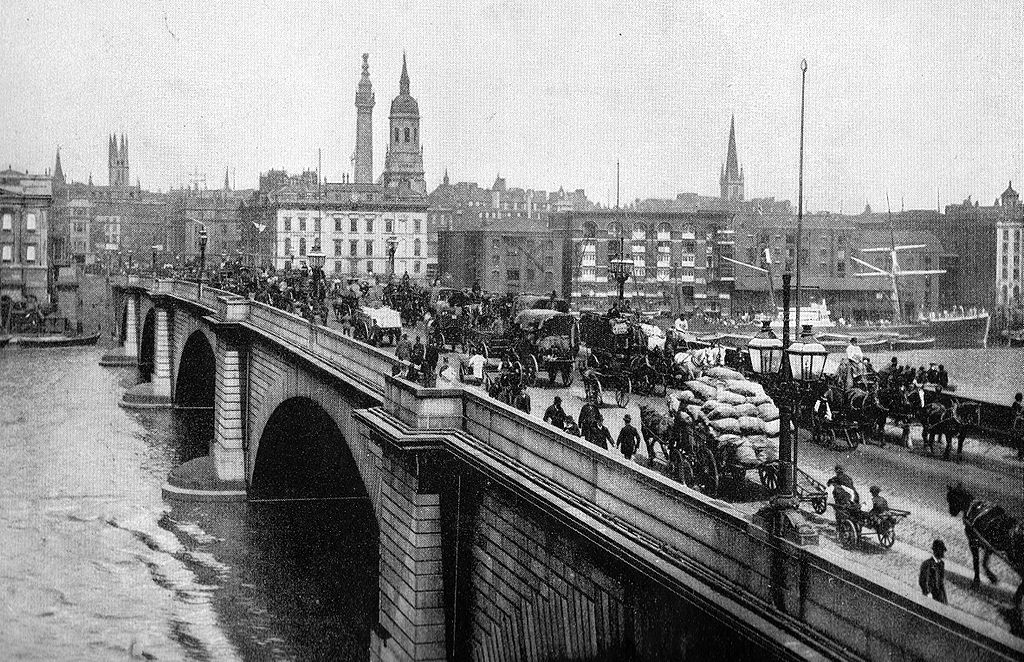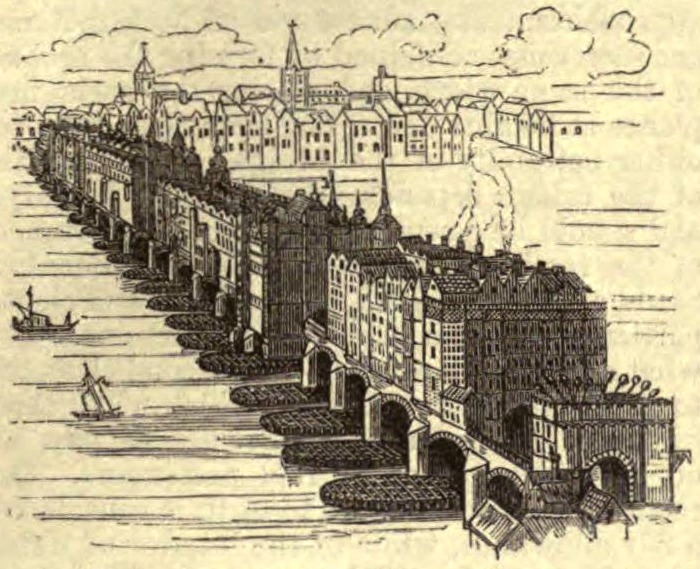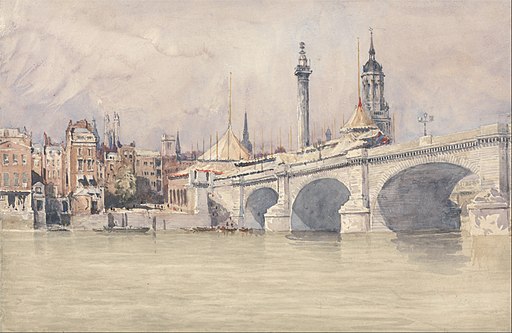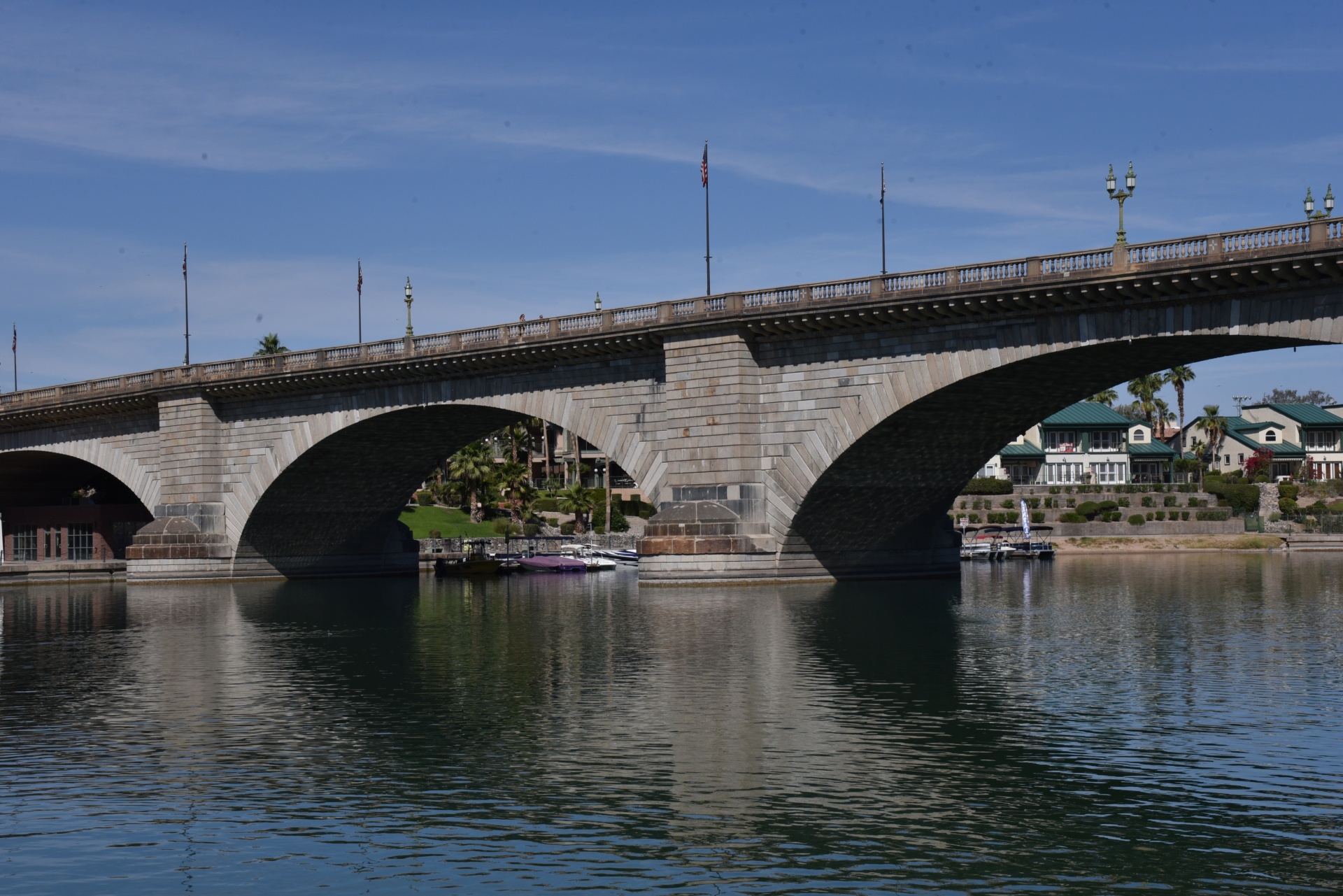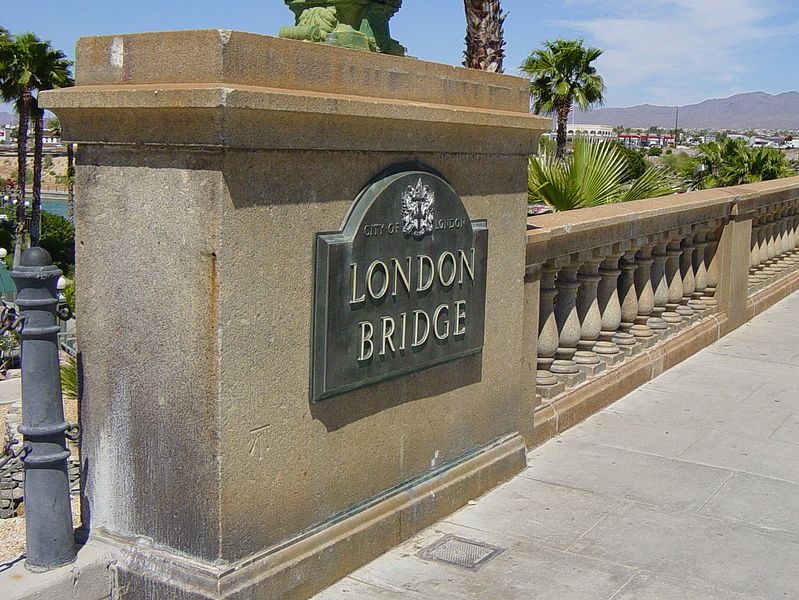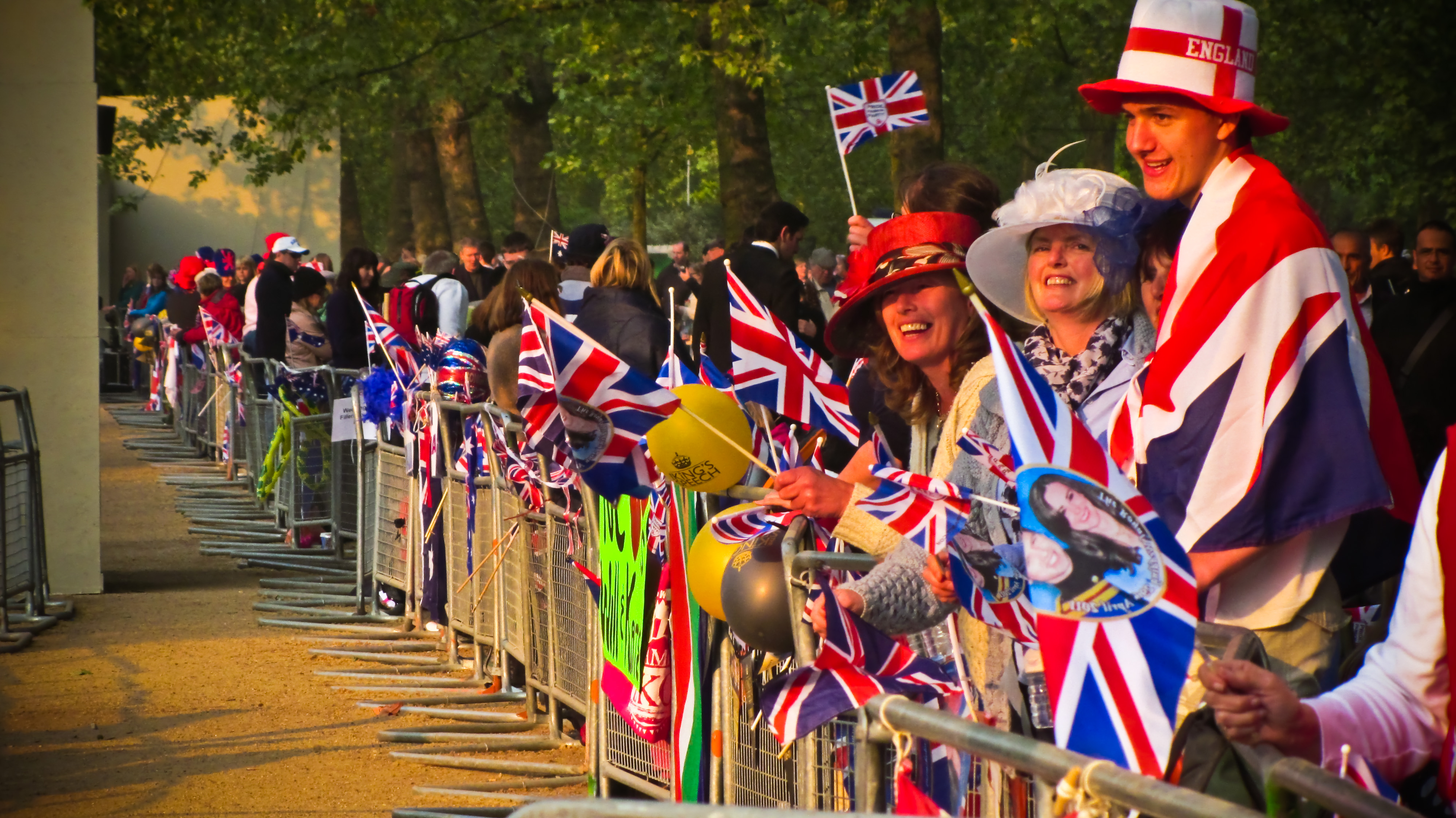Hungerford Arcade would like to say a huge thank you to Colleen and Mike Kent of the West Berkshire Classic Vehicle Club who organised this wonderful event and their Members who brought along their fabulous classic cars for the day.
These classic vehicles certainly drew a crowd. Everyone was so pleased to see them and enjoyed great chats with the owners. As you will see below, we had a fabulous turnout. Part Two of the show will follow shortly.
The next Classic Vehicle Show will be on Sunday, 23rd September 2018. Make a note in your diary so that you do not miss it!

This Immaculate Standard 8 went into production in 1953. It has independent front suspension and a four-speed gearbox. They were entered in RAC and other rallies by the works team and driven by legends such as Paddy Hopkirk. They did very well.

The fantastic Austin Healey in pristine condition went into production in 1952 under a joint venture between BMC (Leonard Lord representing the company) and the Donald Healey Motor Company (Renowned automotive engineering and design company).

Arcade stallholder Alan brought his Austin Healey Sprite (affectionately known as ‘frogeye’ – the car, not Alan). It is a small open sports car which was produced in the United Kingdom from 1958 to 1971. The Sprite was announced to the press in Monte Carlo by the British Motor Corporation on 20 May 1958, just before that year’s Monaco Grand Prix.

This Landrover is owned by Arcade stallholders, Gary & June Crook. It is called a ‘Lightweight’. In the early 1960s both the Royal Marines, and the British Army required a vehicle that could be carried by air. They had taken delivery of the Westland Wessex helicopter, which could carry a 2,500 lb (1,134 kg) load slung beneath. With the removable body panels taken-off it was below the limit. Since improvements to the helicopters meant more lift was available, the MoD accepted it for use.

This car is a fabulous Morris 8 (1935) complete with picnic basket on its own carrier rack on the back.

This great family car takes you back to the care-free days of Sunday afternoon drives out into the countryside to have a wonderful picnic.

Stunning Aston Martin V12 Vantage. The carbon fibre around the engine bay is the highest quality and looks just like glass. This dream car was and is still loved by ‘Top Gear’ and everyone else.

This superb Triumph TR5 was a sight to behold. It is pristine. Built by the Triumph Motor Company in Coventry, between August 1967 and September 1968. Visually similar to the TR4 (also styled by Michelotti) the TR5 roadster sported Triumph’s much more powerful 2.5-litre straight-6, fitted with Lucas mechanical fuel-injection and producing 150 bhp (110 kW).

This beautiful Ford Zodiac has been owned by the same person or over 50 years when it was almost new. Rob Young was a very young man when he saw it being sold at the garage he worked at. “One day that Zodiac will be mine”, he said. And here it is!

